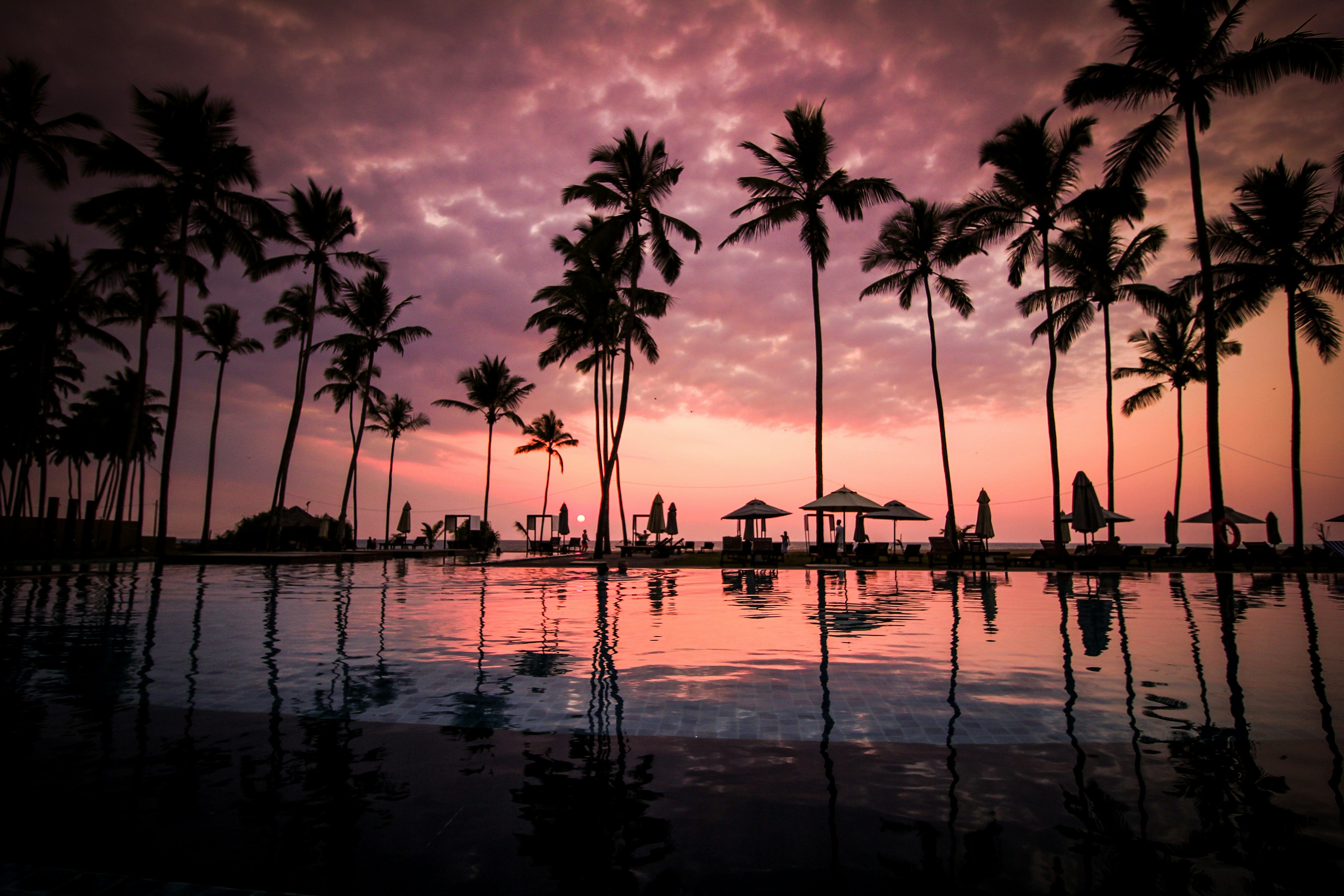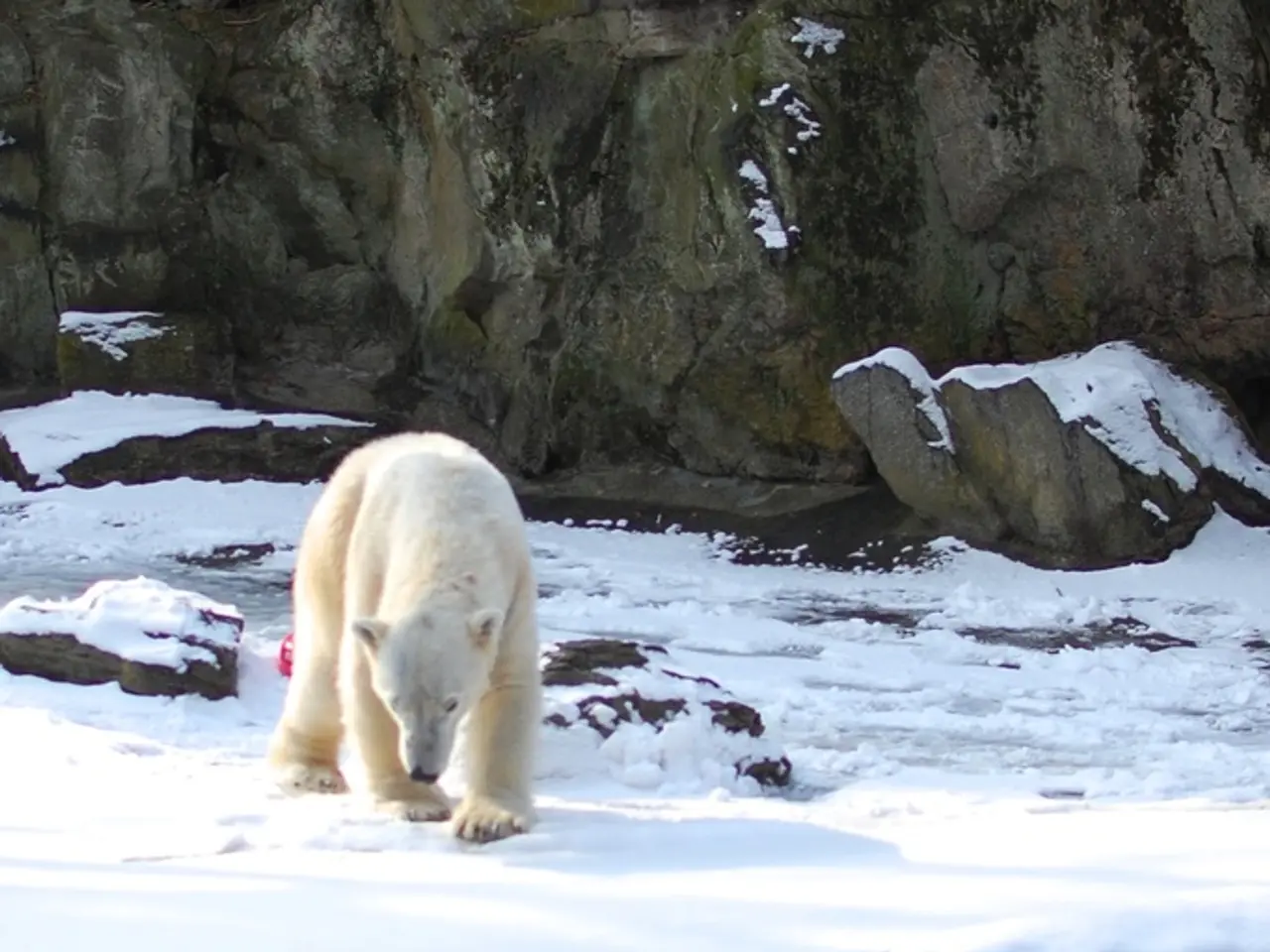Strategies for Maintaining Water Safety During Summer's Heatwave
Water Safety Tips for Enjoying Summer Activities in the Pacific Northwest
Summer in the Pacific Northwest brings an increase in outdoor water activities, which can lead to a higher risk of water-related injuries and accidents. To ensure a safe and enjoyable summer, it's essential to know the common hazards and follow safety measures.
Common Water-Related Hazards and Injuries
- Drowning and Near-Drowning Incidents: Drowning is a significant concern during the summer, especially among children, and cold, fast-flowing rivers and deep lakes are prevalent in the region.
- Trauma from Accidents: Falls on slippery rocks, injuries from jumping or diving, and accidents with boats or paddleboards are common, causing an annual uptick in trauma cases[1].
- Cold Shock and Hypothermia: Despite warm temperatures, Pacific Northwest waters remain cool due to mountain runoff. Sudden immersion can cause cold shock, impairing swimming ability and potentially leading to hypothermia.
- Waterborne Illnesses: These are less common but can occur from swallowing contaminated water or exposure to harmful algae blooms.
Staying Safe While Enjoying Water Activities
- Life Vest Use: Wearing a properly fitted life jacket is crucial, particularly when boating, paddling, or swimming in open water. Life vests can be lifesaving in cold or swift waters[1].
- Child Supervision: Never leave children unattended near water. Teach them about water safety and ensure they wear life vests.
- Diving Precautions: Avoid jumping from heights or diving in unknown waters to prevent injuries from hidden rocks or sudden depth changes.
- Check Water Conditions: Be aware of currents, temperature, and potential hazards like submerged logs or rocks before entering the water.
- Sun Protection and Hydration: Use sunscreen, drink plenty of water, and wear protective clothing[2] to combat sun exposure and dehydration.
- Drug and Alcohol Avoidance: These substances impair judgment and physical abilities, increasing the risk of accidents.
- Emergency Preparedness: Carry a first aid kit, know basic first aid, and consider having an emergency locator device, especially in remote areas[5].
By following these water safety guidelines, you can greatly reduce the risk of water-related injuries and fully enjoy the beautiful lakes, rivers, and coastal areas of the Pacific Northwest this summer.
[1] Centers for Disease Control and Prevention[2] United States Environmental Protection Agency[5] National Park Service
- In the Pacific Northwest, during summer, it's crucial to be aware of the risks associated with outdoor water activities, such as drowning, trauma from accidents, cold shock, and waterborne illnesses.
- To enjoy water activities safely, consider using a properly fitted life jacket, particularly during boating, paddling, or swimming in open water.
- Parents should never leave children unattended near water, and it's recommended to teach them about water safety, ensure they wear life vests, and avoid jumping or diving into unknown waters.
- To further reduce risks, check water conditions for currents, temperature, and potential hazards; practice sun protection and hydration; and avoid using drugs or alcohol that could impair judgment and physical abilities.




